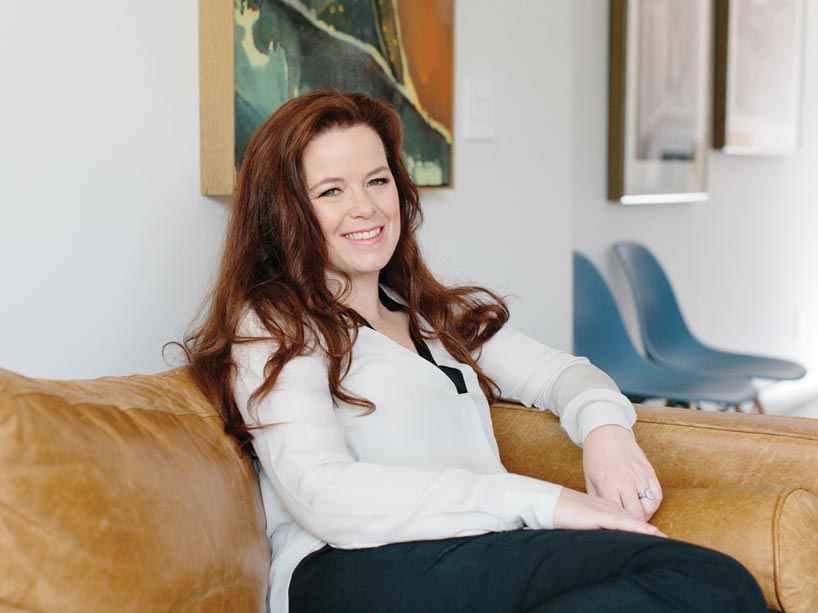Home is where the heart is

Photo: Urban and regional planning professor Shelagh McCartney. Photo credit: Jim Ryce.
Shelagh McCartney, a professor in the School of Urban and Regional Planning, is working in partnership with First Nations communities in northern Ontario to develop community-based housing solutions that involve and deeply engage all community members, including youth, in the planning, development and design processes. In her Visioning Our Future Dwelling Together project, McCartney is partnering with Nibinamik First Nation to address the lack of housing, inappropriate housing, and an inappropriate, outdated housing policy, which the community identified.
"More housing is needed and we're walking alongside the community as they design and build culturally appropriate housing. Our project has funding to build six new dwellings: four small, one-bedroom homes for Elders and two larger homes for young families. We're sourcing new and different materials that are very insulative and mould-inert, and will make renewable, sustainable houses that positively look to the future," says McCartney.
These will be the first new homes to be built in the community in over a decade and could be replicated to build more homes. Another 10 existing houses will be renovated to stop mould, prevent leaks, provide insulation and make the dwellings more livable.
McCartney was first introduced to Nibinamik First Nation through her collaboration with Judy Finlay, a professor in the School of Child and Youth Care, on a project to create a wellness index. The Nibinamik Wellness Index outlines 10 areas of concern within the community: youth; education; economic development; children, family and community; food security; health; housing; infrastructure; land, language and culture; and sports and recreation. "I started working with them through a trip to the community with Judy, building on the trust she had established over several decades. The wellness index goals are to come up with an action and advocacy plan that the community can use to work with and communicate to the government [regarding] what they want in each area," she says.
Finlay also connected McCartney to the Eabametoong First Nation in northern Ontario, where, as a result of her (Re)Imagining Our Community project, young people have started a youth band council and spoken as a united group for the first time at a band meeting. "Youth spoke about wanting rights in their community and a space of their own to be together. There is now a plan to build a community hall and one day a youth centre," McCartney says.
This is one of a series of stories about Indigenous research and curriculum at Ryerson as the community prepares to receive "Truth and Reconciliation at Ryerson University: Building a New Foundation for Generations to Come" on January 26.
This story first appeared in the Faculty of Community Services Magazine, Imprints.
To learn more about Aboriginal news at Ryerson, please visit https://www.torontomu.ca/aboriginal-news/.